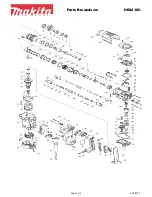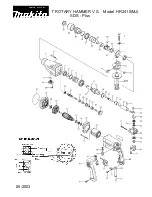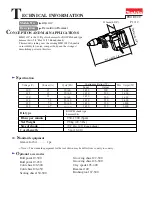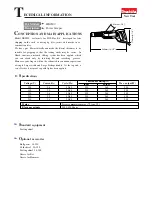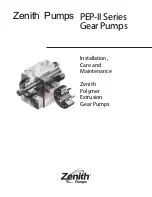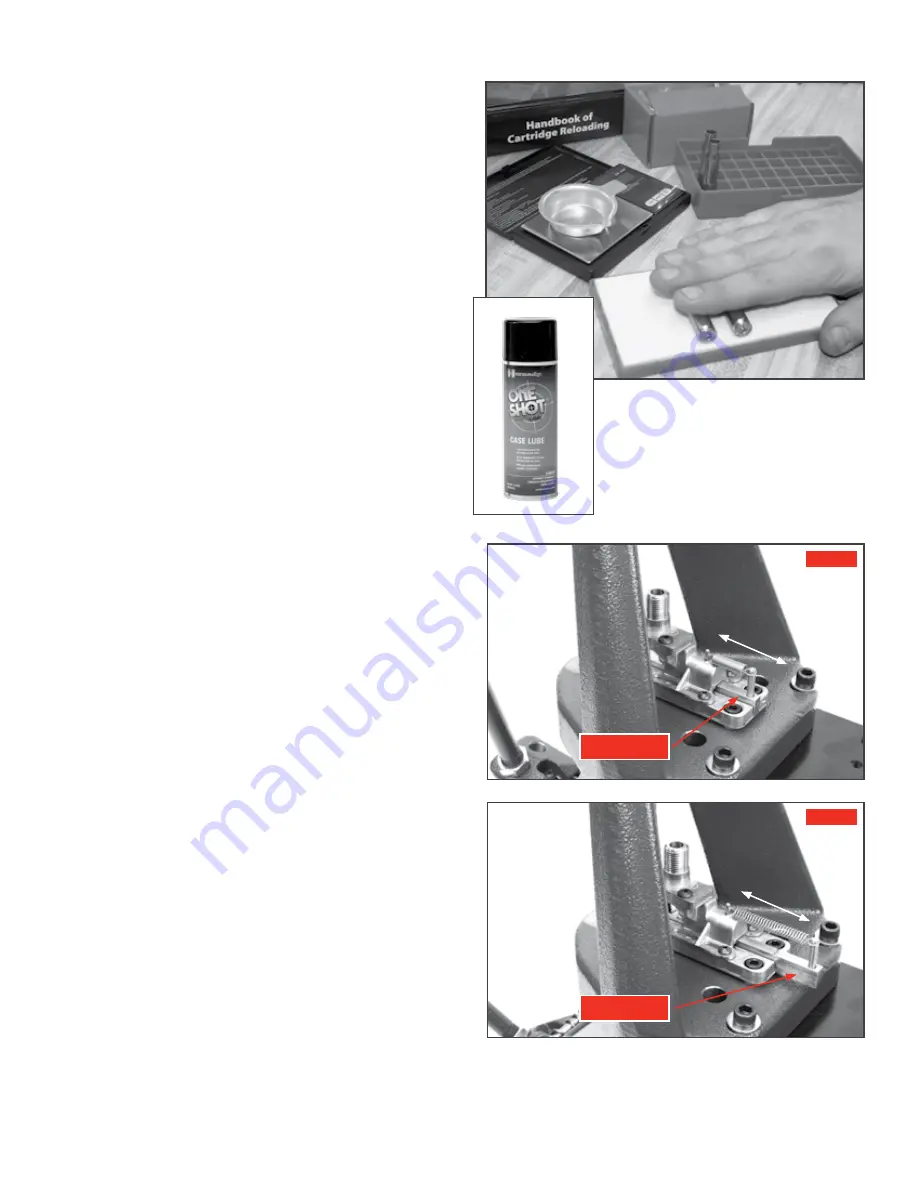
- 9 -
Clean, inspect and lubricate all cases
before resizing.
Using a case lube pad or Hornady
®
One Shot
®
Case Lube,
it is easy to lubricate the body portion of the bottle neck
cases. A minimum of lubricant should be used on the
neck portion since trapped lubricant may cause the
shoulder to buckle. Too little or no lubricant may easily
result in a stuck case.
Place a lubricated case in the shell holder
and pull the operating handle.
If using the manual prime system, you will need to insert
a primer before inserting a case into the shell holder. The
case can then be sized/de-primed, and re-primed on the
downward stroke of the ram.
If using the auto prime system, you should see the priming
shuttle start to move as the ram moves upwards (Figures 14
and 15). If there is tension and the shuttle does not move,
check to make sure there are no obstructions, and the
shuttle is lightly lubricated.
As the ram moves upwards and the shuttle moves to
the rear, it should release a primer from the tube and
into the priming cup. The spent primer being removed
from the case should also fall into the primer catch tray.
Adjustments to the decap pin in the size die may be
necessary to “time” the dropping of the spent primer – see
below. Ideally, the spent primer will be ejected from the
case at the very top of the ram’s stroke.
Setting Decap Timing
Primers falling too soon, missing the tray – Move decap pin
up by threading it counter-clockwise.
Primers not falling (timing too slow) – Move decap pin
down by threading it clockwise.
Check case for length and do case prep work.
After the case has been sized and de-primed, the case may
be removed from the press for case prep. First, measure
for overall length. If needed, trim the case, and chamfer/
deburr the mouth. This is also the ideal time to ream the
primer pocket if it has a military crimp.
Priming Shuttle
Priming Shuttle
Figure 14
Figure 15













